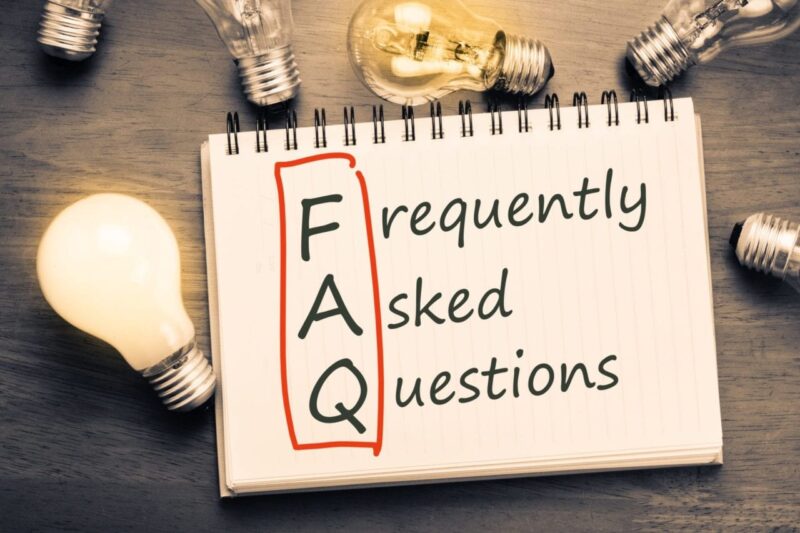A percentage of people in that situation may find themselves even worse off than expected, with several expected to have highly inadequate private pension pots that will pay out at best a couple of thousand pounds a year. The Joseph Rowntree Foundation estimates that the current poverty line is an income of around £8,254 per year.
The Prudential findings also highlight a gender divide, with 21 per cent of women expected to retire below the poverty line this year, compared to 14 per cent of men, a reflection of the fact that men are more likely to have workplace or personal pensions.
The state pension contributes around £5,750 a year, not including any additional second state pension payments, and a worrying number will rely on the state pension alone, meaning they could turn to their families or forms of credit to see them through their twilight years.
The figures show the importance of people saving early for their retirement and highlight why the government has moved forwards with the auto-enrolment pension scheme, which seeks to save future generations from this eventuality.
With auto-enrolment in place, savers must ask themselves how much will be enough to meet their pension requirements. Liberty Sipp estimates that pensioners will have to have built up a retirement pot worth more than £200,000 to retire on a private pension income of higher than the minimum wage.
In order to get an annual income equivalent to the minimum wage of £12,115.20, a 65-year-old with a money purchase pension pot will need to have saved £220,276. The current estimated average pension pot at retirement of around £30,000 represents just a tiny fraction of this.



